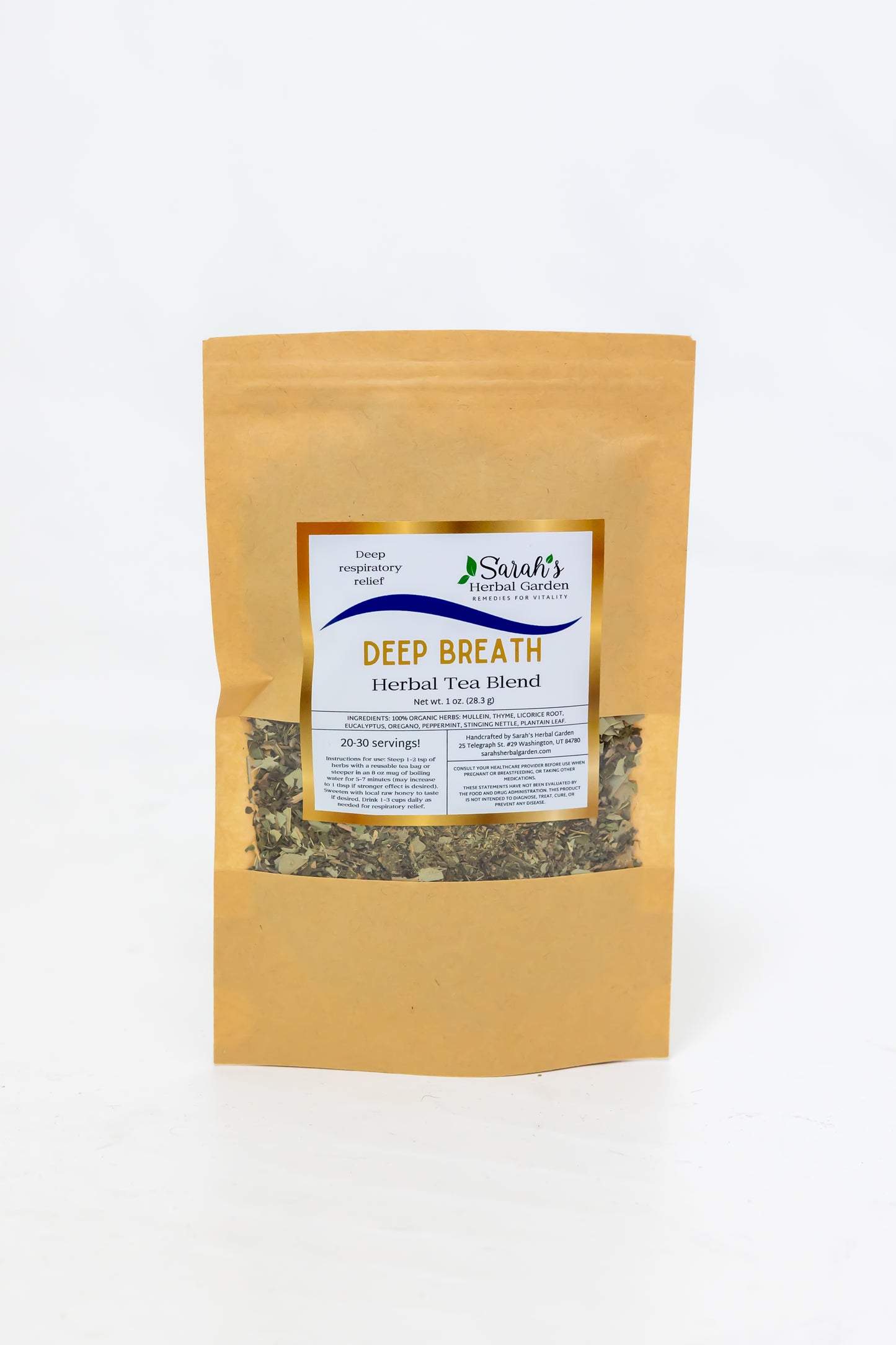
Mullein
Scientific Name: Verbascum thapsus
Herbal Profile: Mullein (Verbascum thapsus)
Botanical Name: Verbascum thapsus
Common Names: Mullein, Velvet Plant, Blanket Herb, Hag's Taper
Family: Scrophulariaceae (Figwort family)
Description
Mullein is a biennial plant that grows to a height of up to 2 meters. It has a tall, flowering stalk with yellow flowers and large, soft, velvety leaves. In the first year, it forms a rosette of leaves close to the ground, and in the second year, it produces a tall flowering stalk.
Parts Used
- Leaves
- Flowers
- Roots
Active Constituents
- Saponins
- Flavonoids
- Mucilage
- Iridoid glycosides (including aucubin)
- Tannins
- Volatile oils
Therapeutic Uses
- Respiratory Health:
- Ear Health:
- Skin Health:
- Gastrointestinal Health:
Preparations
- Tea/Infusion: Leaves and flowers can be used to make a tea for respiratory conditions.
- Tincture: A concentrated liquid extract.
- Oil: Infused oil from flowers is used for ear infections.
- Poultice: Fresh or dried leaves can be applied to the skin for wounds and inflammation.
Dosage
- Tea: 1-2 teaspoons of dried leaves or flowers per cup of boiling water, steeped for 10-15 minutes, taken 2-3 times daily.
- Tincture: 1-2 ml (20-40 drops) taken 2-3 times daily.
- Oil: A few drops in the affected ear, as needed.
Safety and Precautions
- Generally considered safe for most people when used appropriately.
- Allergic Reactions: Some individuals may experience skin irritation or allergic reactions.
- Pregnancy and Breastfeeding: Consult with a healthcare provider before use.
- Interactions: No known significant interactions with medications, but always consult with a healthcare provider.
Historical and Traditional Uses
- Historically, mullein was used by Native Americans and early European settlers for treating respiratory ailments and skin conditions.
- The leaves were also used as lamp wicks due to their high oil content.
Harvesting and Storage
- Leaves: Harvest in the first year or early in the second year before the flowering stalk appears.
- Flowers: Collect in the second year when in full bloom.
- Roots: Can be harvested in the fall of the first year or spring of the second year.
Store dried parts in a cool, dry place away from direct sunlight to preserve their medicinal properties.
Summary
Mullein is a versatile herb traditionally used for respiratory, ear, skin, and gastrointestinal health. It is valued for its expectorant, anti-inflammatory, and demulcent properties.
Sarah's Herbal Garden
Deep Breath {Respiratory Relief Herbal Tea Blend}
Share


